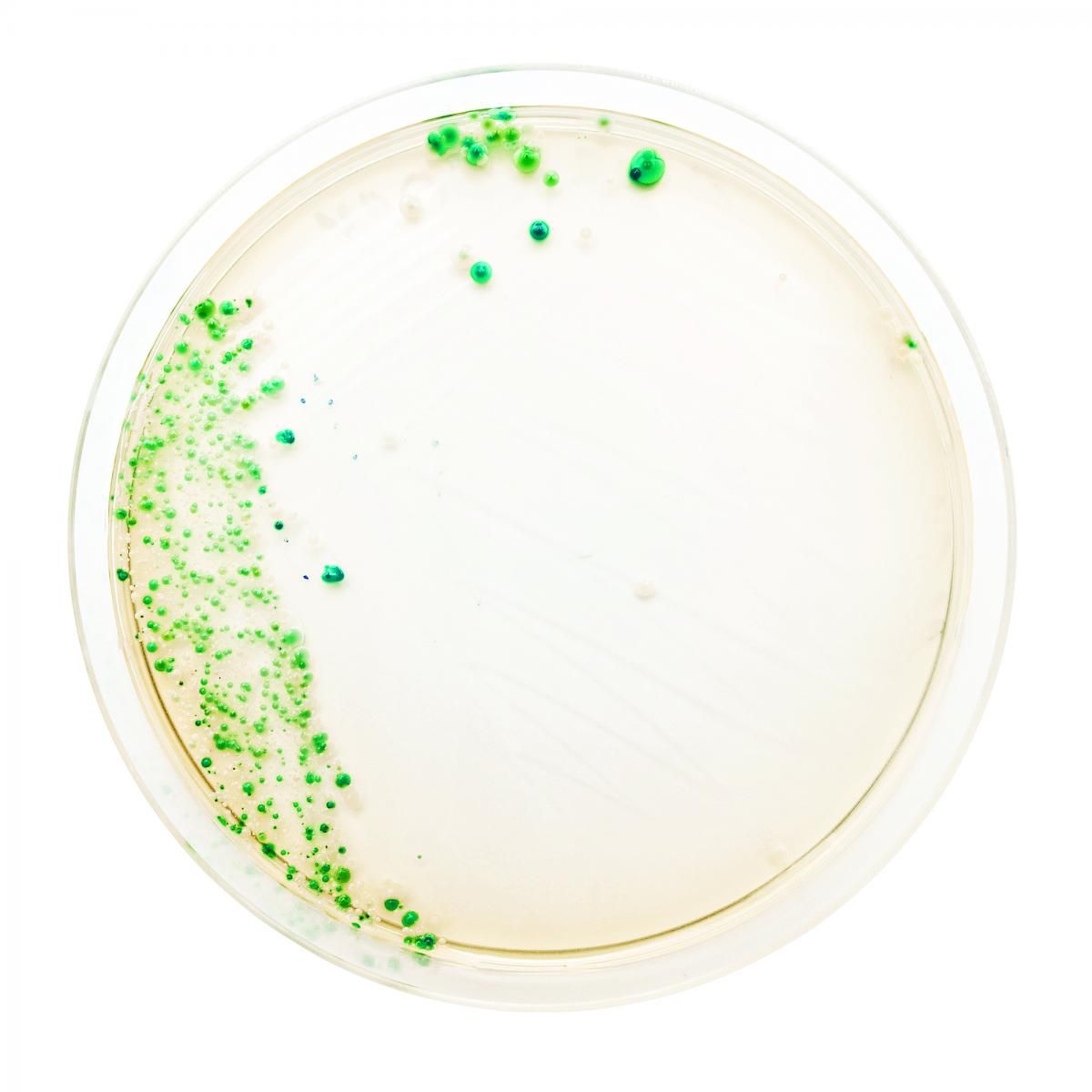Last Bite: Food Safety
Despite their immense value, preservatives and food safety ingredients are not always received with open arms.

Despite their immense value, preservatives and food safety ingredients are not always received with open arms. A handful of new developments, however, should bring comfort in simpler food protection.
Propionic Acid
Lactic acid was once the go-to preservative for protecting meat and poultry products from Listeria monocytogenes, a bacterium still responsible for countless food recalls. But earlier this year, the USDA welcomed propionic acid as another worthy antimicrobial agent. Thanks to a lengthy petition from Kraft Foods and Kemin (Des Moines, IA), manufacturers nationwide now have this extra option for protecting their ready-to-eat meats.
Kemin now markets a Bactocease line of liquid propionic acids, which performed quite well in studies on Listeria prevention in deli meats. And Bactocease doesn’t just perform on a level comparable with traditional lactic acid. According to Kemin, the ingredient offers more consistent performance, and at 10 times less application. A study performed by the University of Wisconsin determined this much with deli turkey. Lower inclusion rates for preservatives can have multiple advantages, including less impact on food product taste and less contribution of sodium-because both propionic acid and lactic acid are in part composed of sodium.
But if manufacturers move toward propionic acid instead of lactic acid, it may not just be for performance sake. Kemin notes that some consumers do mistake lactic acid as a dairy, or lactose, ingredient. And to get ingredient labels even cleaner, Kemin offers Bactocease NV (natural vinegar). Depending on the product application, it can list simply as “natural vinegar.”
All of Kemin’s research on propionic acid falls squarely on Listeria prevention, but the company remains hopeful of finding new uses against other foodborne pathogens.
Protective Dairy Cultures
Even though meat and poultry products tend to steal the food recall headlines, fermented dairy products are just as vulnerable to contamination and spoilage. Here, yeast and mold are the biggest impediments to a fresh and tasty product.
DuPont Nutrition and Health (Paris) responds with HoldBac protective dairy cultures, and the company continues to improve on their range of uses. Its latest advancement is HoldBac YM Plus, live dairy cultures that control a wider range of fungal contaminants than their predecessors.
Alternative protection for fermented dairy can have drawbacks, says Jeff Lambeseder, DuPont regional product manager for bioprotection. Potassium sorbate is effective, he says, but it can impact taste, and it isn’t label-friendly. Manufacturers also add carbon dioxide to the headspace of their products, but, while this can reduce the incidence of mold, once the product is opened, that effect is lost. The trick is no good for multi-serving containers that open over and over again.
How do cultures protect dairy differently?
“Live cultures will help to inhibit unwanted microbial growth by consuming nutrients that could be used by contaminants,” says Lambeseder. “We call this competitive exclusion.” HoldBac live cultures also produce their own metabolites, which can inhibit or sometimes even kill other microorganisms.
DuPont’s new HoldBac dairy cultures are patented strains of Propionibacterium and Lactobacillus. On an ingredient label, they can list as “cultures” or the individual names of each culture. When making fermented dairy products such as yogurt or sour cream, manufacturers just add the cultures, along with a starter culture, to milk.
DuPont offers several types of dairy cultures, each intended for different types of microbes and different types of dairy products.
Food Doctor
Choosing food safety ingredients sounds easy enough-unless a manufacturer is unaware of what his or her microbial problems are. For the food manufacturer in need of a full microbial analysis, Galactic (Milwaukee) is offering to do the work.
Just this year, the food safety ingredients provider introduced “Food Doctor,” a predictive modeling tool for evaluating Listeria risk in food products. All a manufacturer must do is submit a food sample to Galactic. In one month’s time, Galactic will conduct an extensive microbial analysis, and sensory testing, of the food sample and provide a report detailing an antimicrobial formulation for optimum product shelf life. In this way, Galactic is able to identify the microorganisms responsible for altering a food product. The company can even examine a manufacturing plant and its processes, in search of areas for potential improvement.
Galactic’s Food Doctor service is available for a variety of food products, including meats, baked goods, dairy, and produce.
The Nutritional Outlook Podcast Episode 36: Best of the Industry Service Provider, Radicle Science
December 26th 2024Nutritional Outlook's managing editor, Sebastian Krawiec, interviews Radicle Science co-founders, Pelin Thorogood and Jeff Chen, MD. Radicle Science has been selected as this year's Best of the Industry, Service Provider.